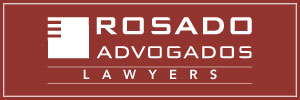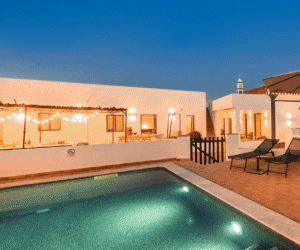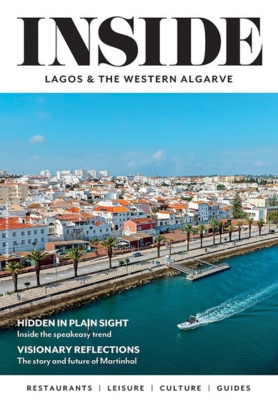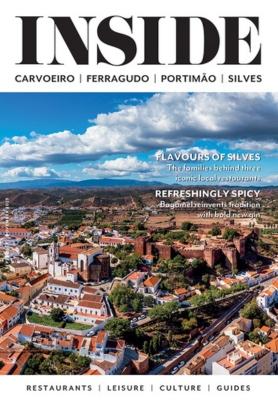Unearthing history
– May 16, 2025 | Text Jane Robertson | Photos Courtesy of Algarve Archaeological Association
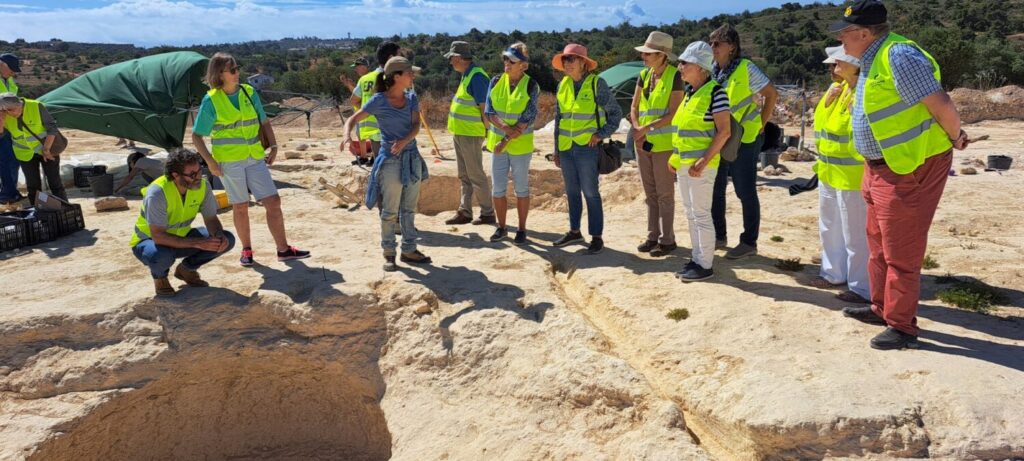
The Algarve Archaeological Association (AAA) recently presented a lecture by Dr Lucy Shaw Evangelista of ERA Arqueologia S.A. about the prehistoric burials excavated at the Quinta dos Poços site, in Lagoa.
The site is the focus of ongoing archaeological investigations by ERA during the development of a golf course by the Pestana Group, visited by AAA members in 2022.
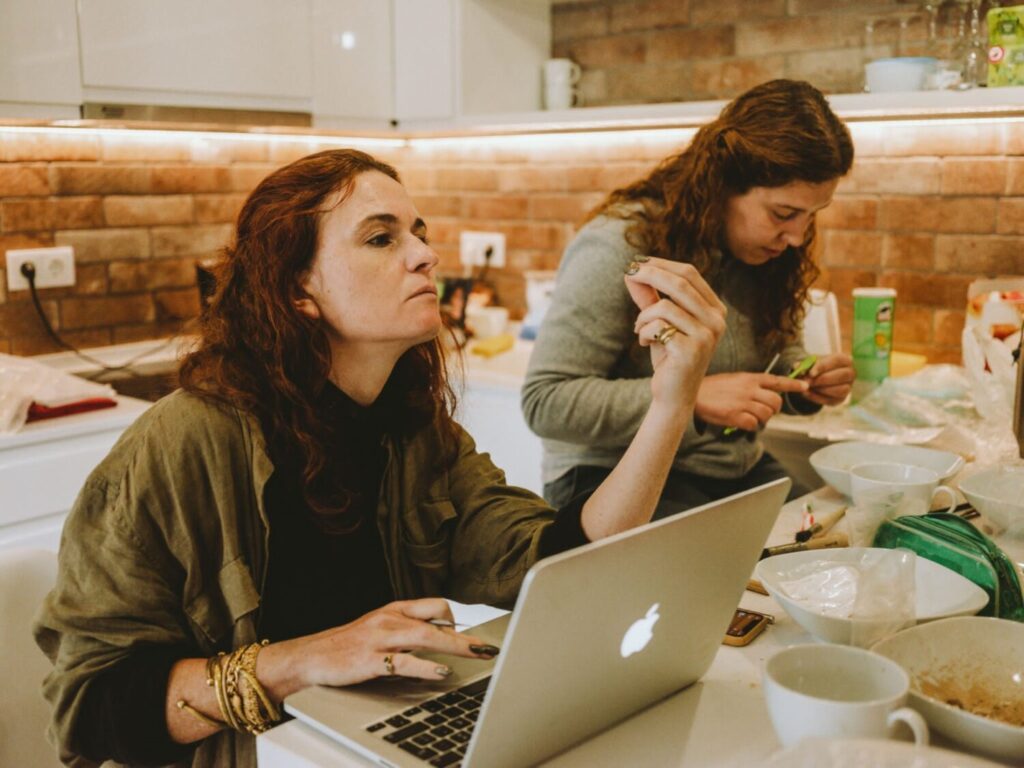
The lecture provided an engaging, non-technical exploration of the discoveries made and their significance in understanding the prehistoric past of the region.
Through the combination of archaeological monitoring, geophysical surveys and excavations, researchers uncovered four ancient tombs, shedding light on burial practices from over 5,000 years ago.

“Tomb 1” dates to the Chalcolithic period (3rd Millennium BCE), whilst the remaining three are attributed to the Middle Neolithic (4th Millennium BCE). Lucy explained the stages of work involved, starting with the discovery and excavation of the tombs and the recording process.
She described the tomb architecture and burial customs, explaining what the structures and grave goods reveal about prehistoric beliefs. Lucy then explained the scientific dating methods employed, explaining how we determine the age of the burials and what they tell us about the past.
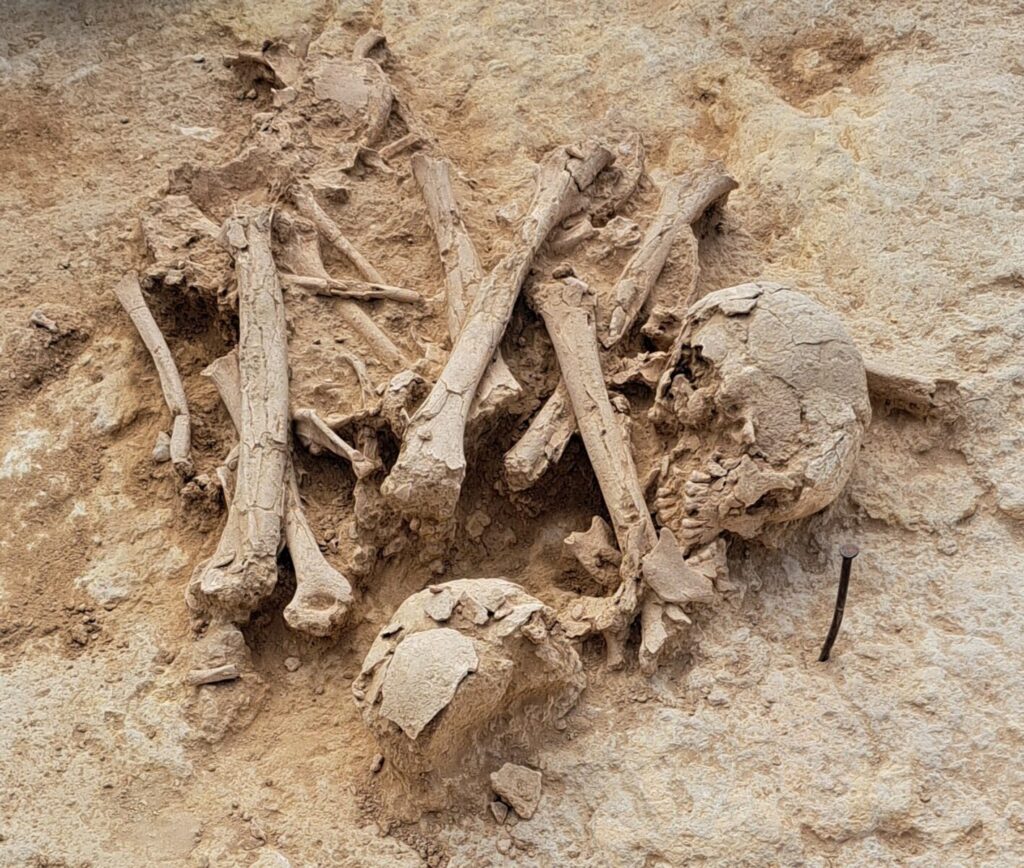
She put the site in its regional context and explained how these discoveries fit into the broader picture of prehistoric Algarve.
The tombs were unusual, being cut by hand into the natural Limestone, creating artificial cave-like cavities (hypogeum) which would have been hidden from the surface, with probable grave markers. “Tomb 1” had been used and reused for 750 years.
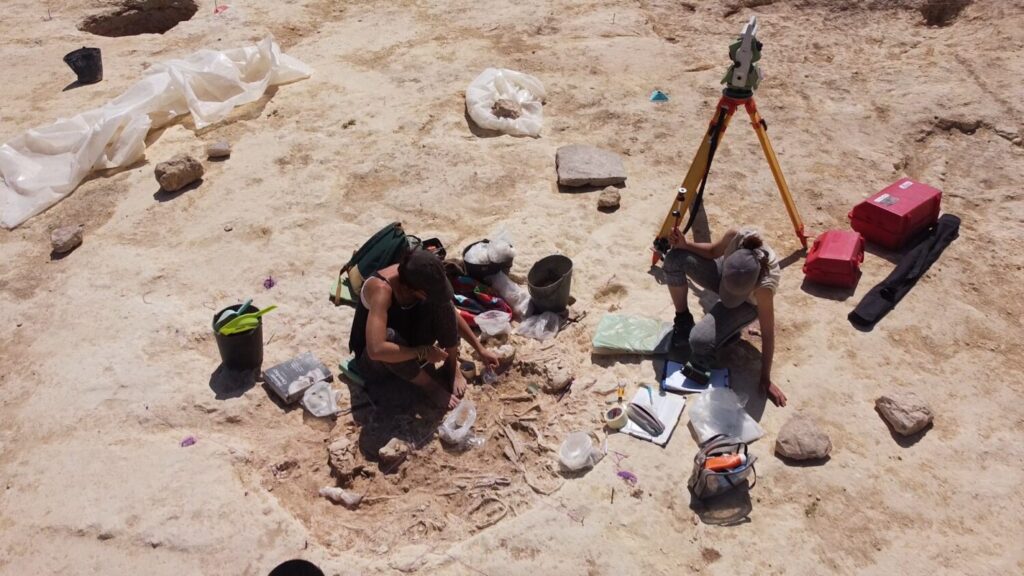
It had been truncated by 3,000 years of weathering and agricultural use, resulting in a tomb with a circular chamber 3.45m in diameter with only the lowest 0.20m of sediments preserved. Despite its truncation, the tomb was revealed to be a collective burial with the remains of a minimum of 21 individuals.
They were the result of primary burials, reduction deposits (remains moved to one side to make room for more primary burials) and secondary burials (disarticulated scattered remains). Artefacts recovered included a number of pots, representing a typical 3rd Millennium assemblage, demonstrating a complex funerary practice of ritual offering for the dead.
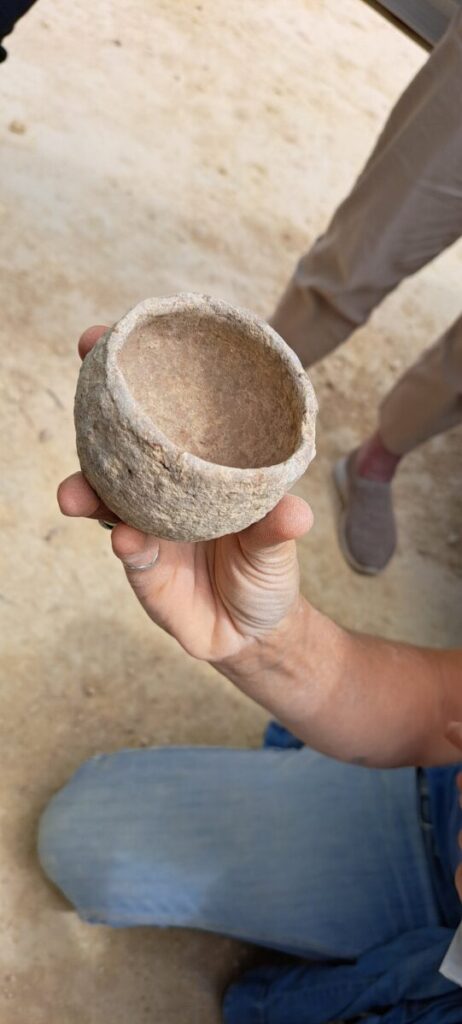
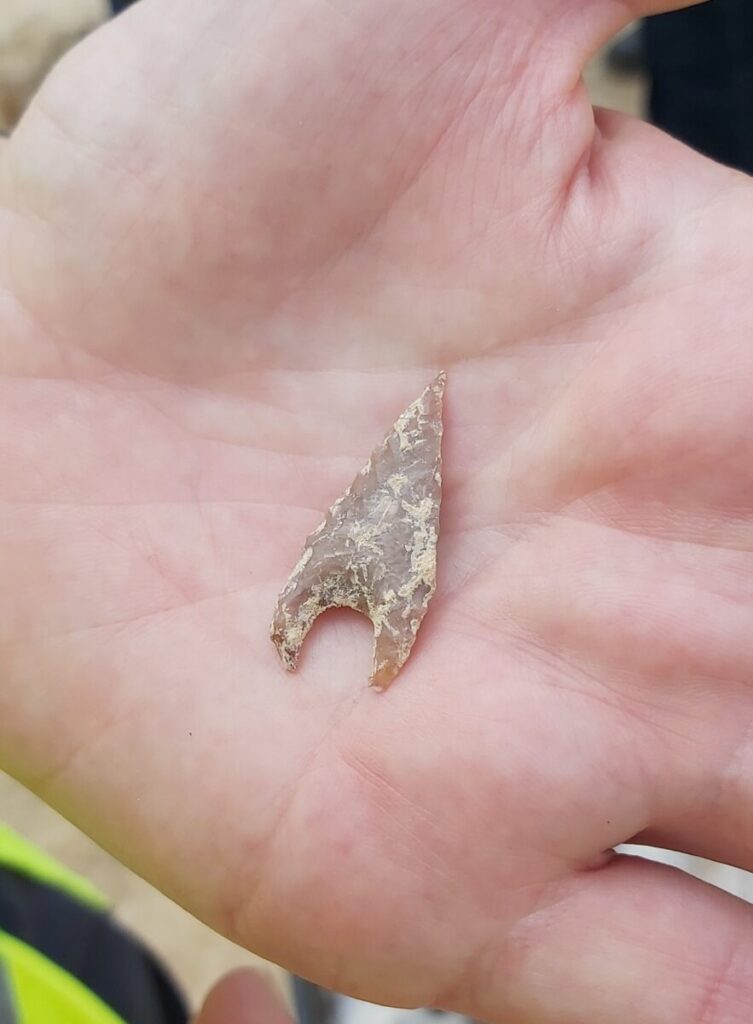
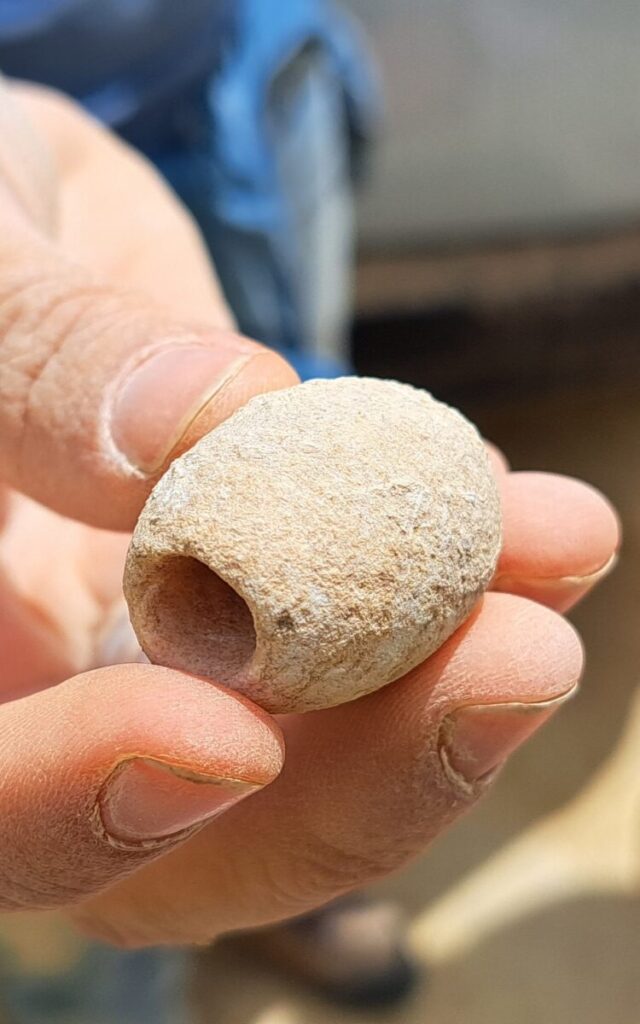
Other artefacts included non-geometric flintwork (barbed arrowheads and retouched blades), schist beads, bone pins, polished stone axes and adzes, and the fragment of a possible idol in the form of a shaped horse phalanx.
“Tomb 2”, “Tomb 3” and “Tomb 4” were of Mid-Neolithic date. “Tomb 2” was an irregularly shaped circular pit 2.2m in diameter with 0.20m preserved depth, badly scored by ploughing, containing almost exclusively secondary burial deposits. “Tomb 3” was another collective tomb, damaged by later Islamic features. It was 2.2m wide with a preserved depth of 0.20m, dug as a pit or possible hypogeum, containing mainly disarticulated remains of a minimum of seven individuals.
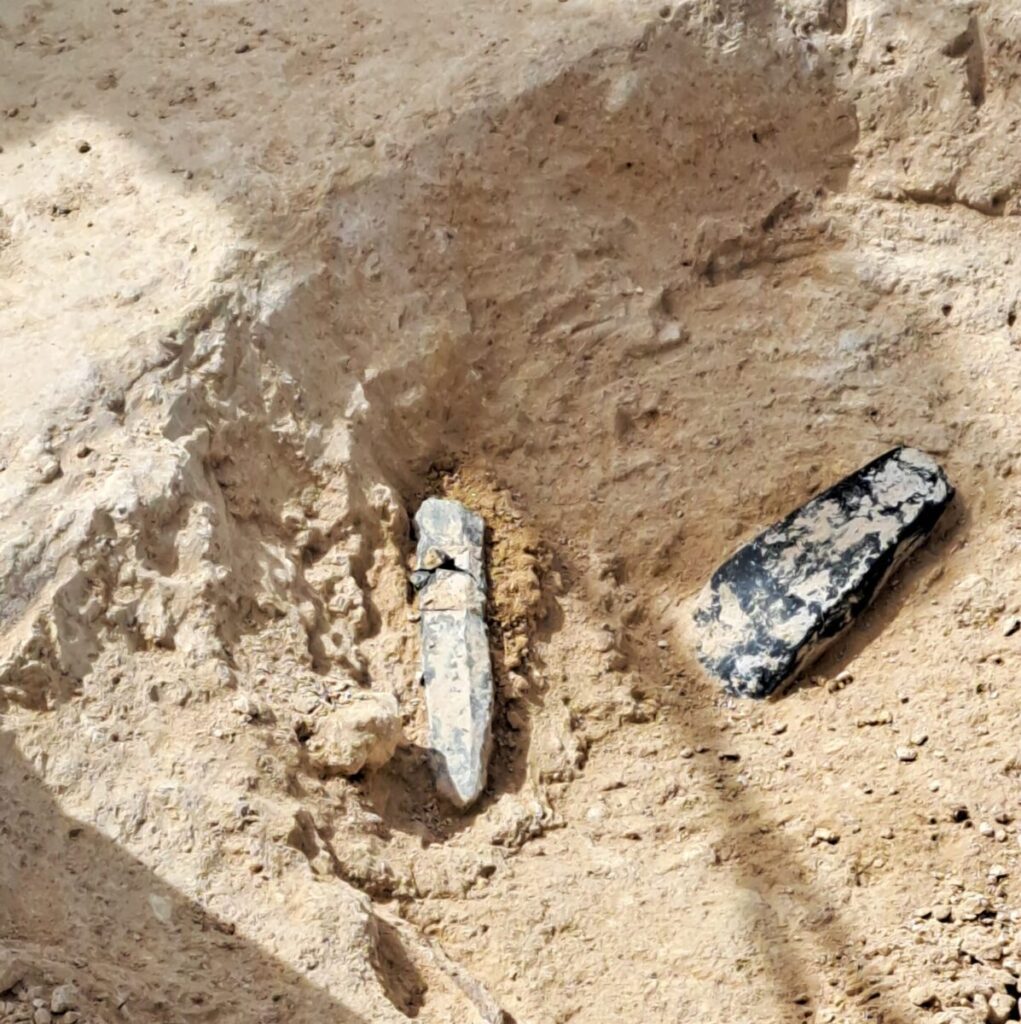
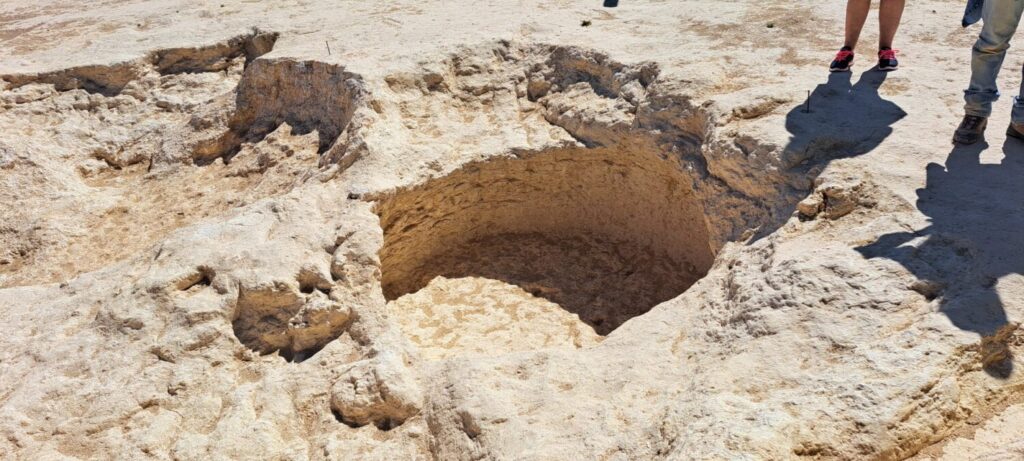
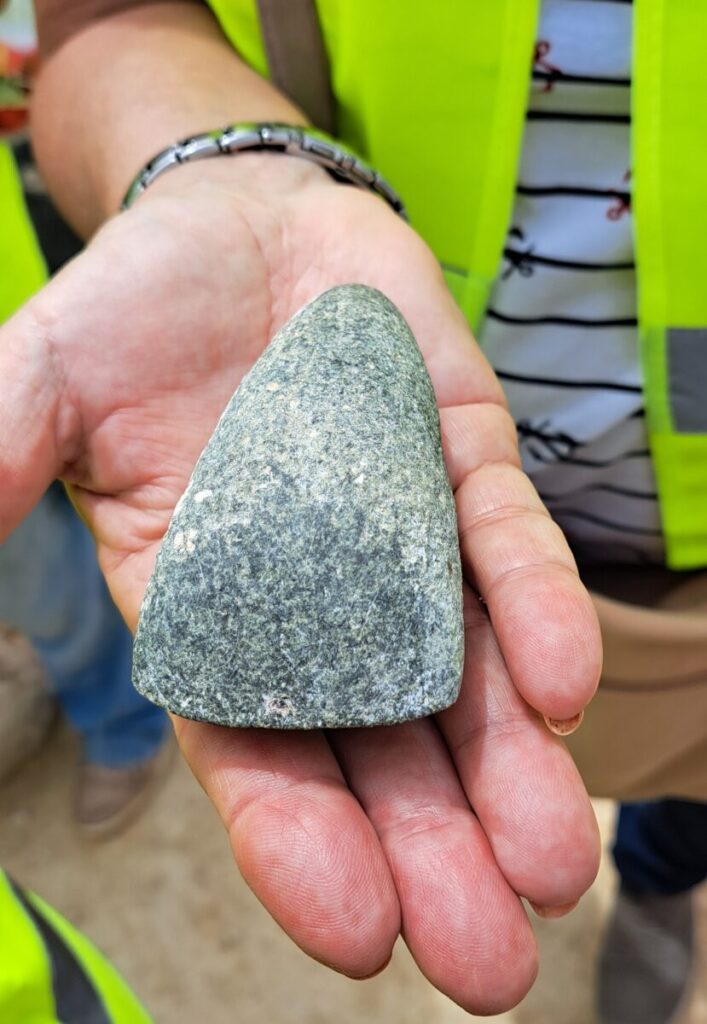
“Tomb 4” was another possible hypogeum, 3.10m in diameter with 0.30m preserved depth. None of these tombs contained any ceramic vessels, but did produce a variety of fabulous artefacts including several polished stone axes and adzes, geometric flintwork (flakes and blades), shell bracelets and some beads.
ERA will shortly be returning to the site to continue with archaeological investigations during the next phase of the golf course development.
Dr Lucy Evangelista is an archaeologist and bioanthropologist and Head of the Bioanthropology Department of ERA Arqueologia, S.A. She is also a researcher at the Research Centre for Anthropology & Health (CIAS) at the University of Coimbra and an associated researcher at the Interdisciplinary Centre for Archaeology and Evolution of Human Behaviour (ICArEHB) at the University of the Algarve..
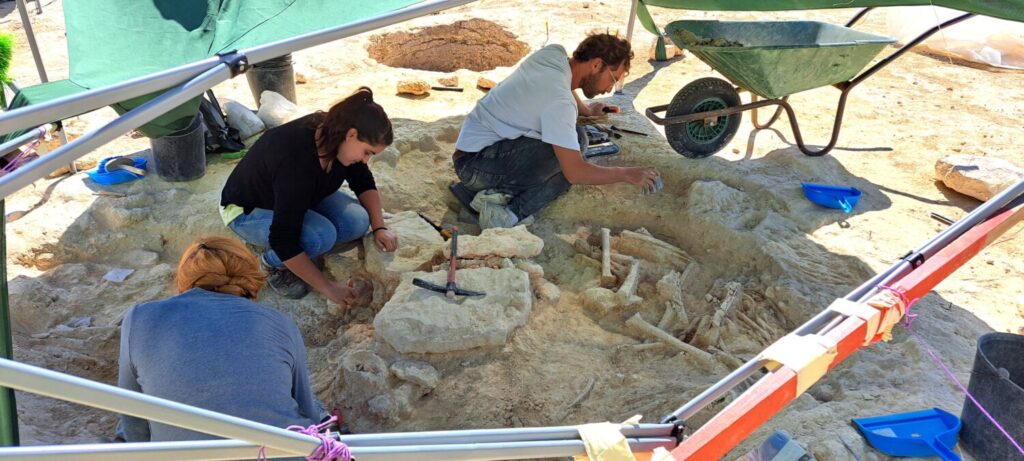
The AAA was formed in 1983 as a non-profit organisation, set up by an international group of residents interested in the archaeology, culture and history of the Algarve.
The association currently has about 110 members, drawn from more than 10 nationalities, living across the Algarve and beyond. They hold monthly lectures, in English, in São Brás de Alportel and Lagoa, and many excursions throughout the year to sites of archaeological, historical and cultural interest, which are very popular with members.
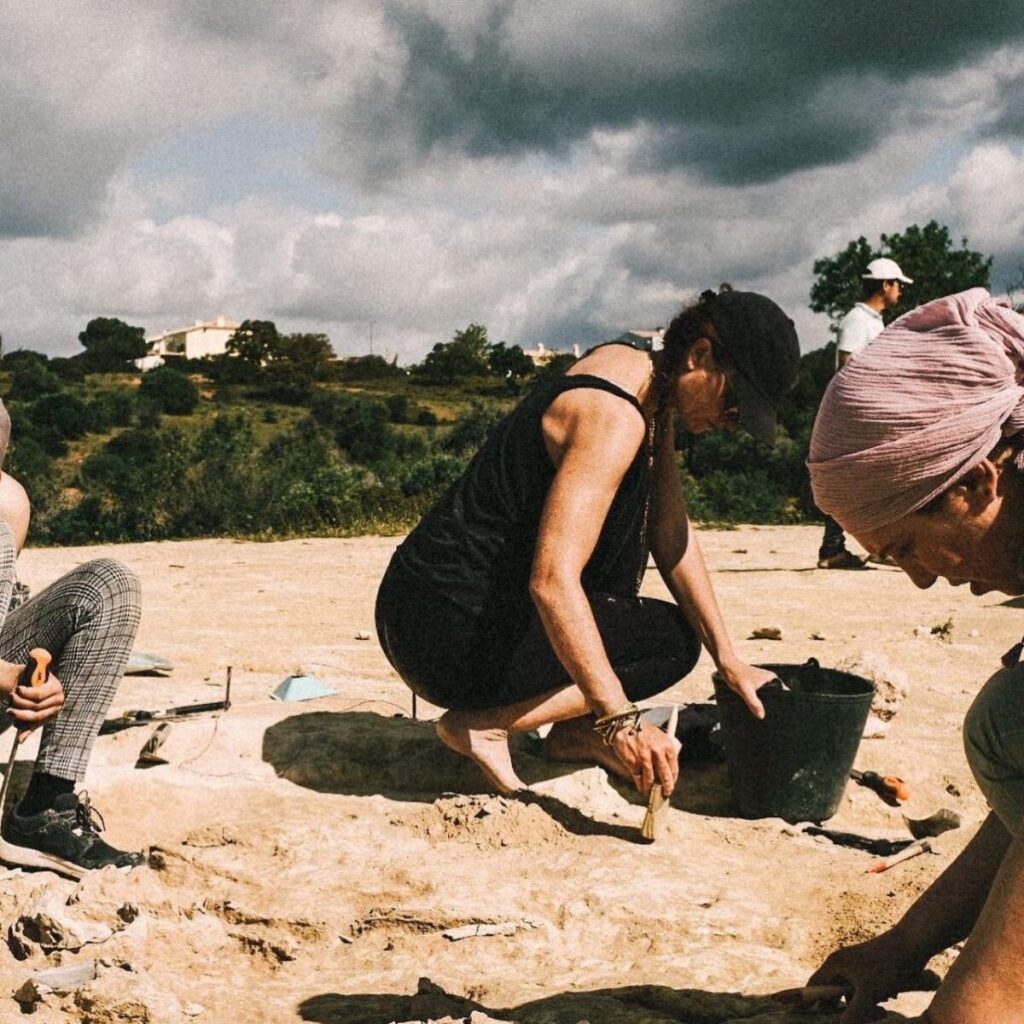
The AAA is proud to have allocated more than €120,000 in grants between 2000 and 2025. This money has supported many archaeological projects including fieldwork and assistance to archaeology students, many of whom have progressed into professional archaeology.
Archaeological fieldwork projects supported by the AAA include: The Alcalar monuments and habitation site; Loulé Velho; underwater wrecks surveys in Lagos and Sagres Bays; DNA tests and geophysical measurements in Boca do Rio; restoration of an Islamic ceramic pot in Aljezur; and excavations at Castelo de Alferce, Cerro do Ouro and Esgravatadouro, in Monchique.
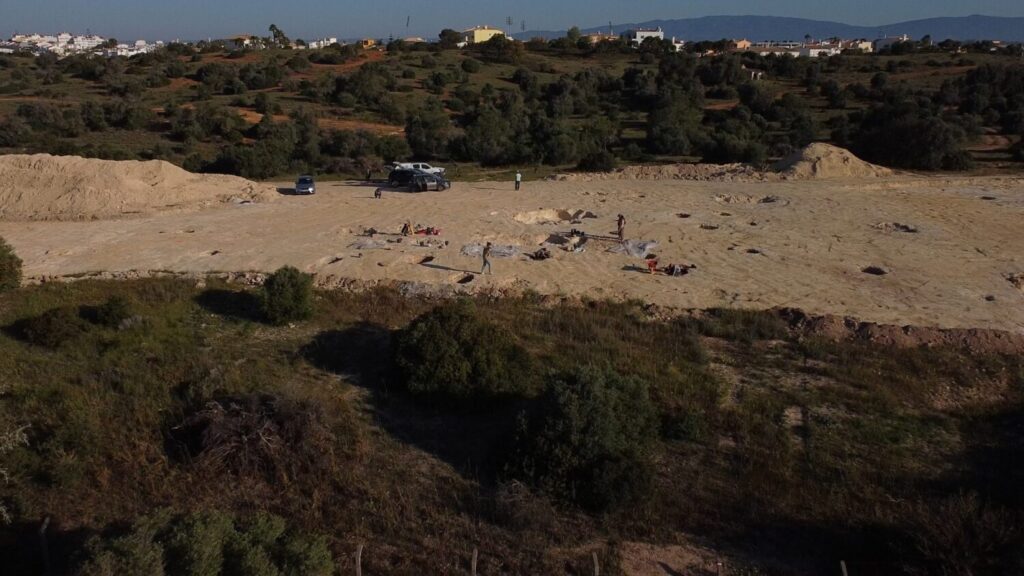
The AAA has developed very good relationships within the archaeological community in Portugal, especially in the Algarve, and has also cooperated with the Universities of Jena and Marburg in Germany, as well as the University of Manchester Museum (Egyptian and Sudanese Collections) in the UK.
Membership of the AAA costs just €35 a year (€20 for over 80’s) and gives you access to the lectures and excursions.
For more information visit www.arquealgarve.weebly.com or contact [email protected]
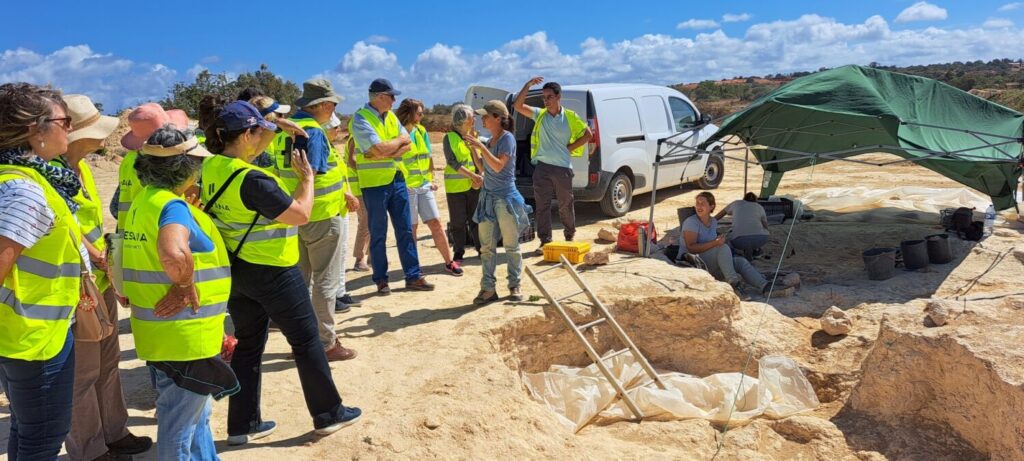
Follow Inside Algarve Magazine on Instagram and Facebook for more news!
Read also:






